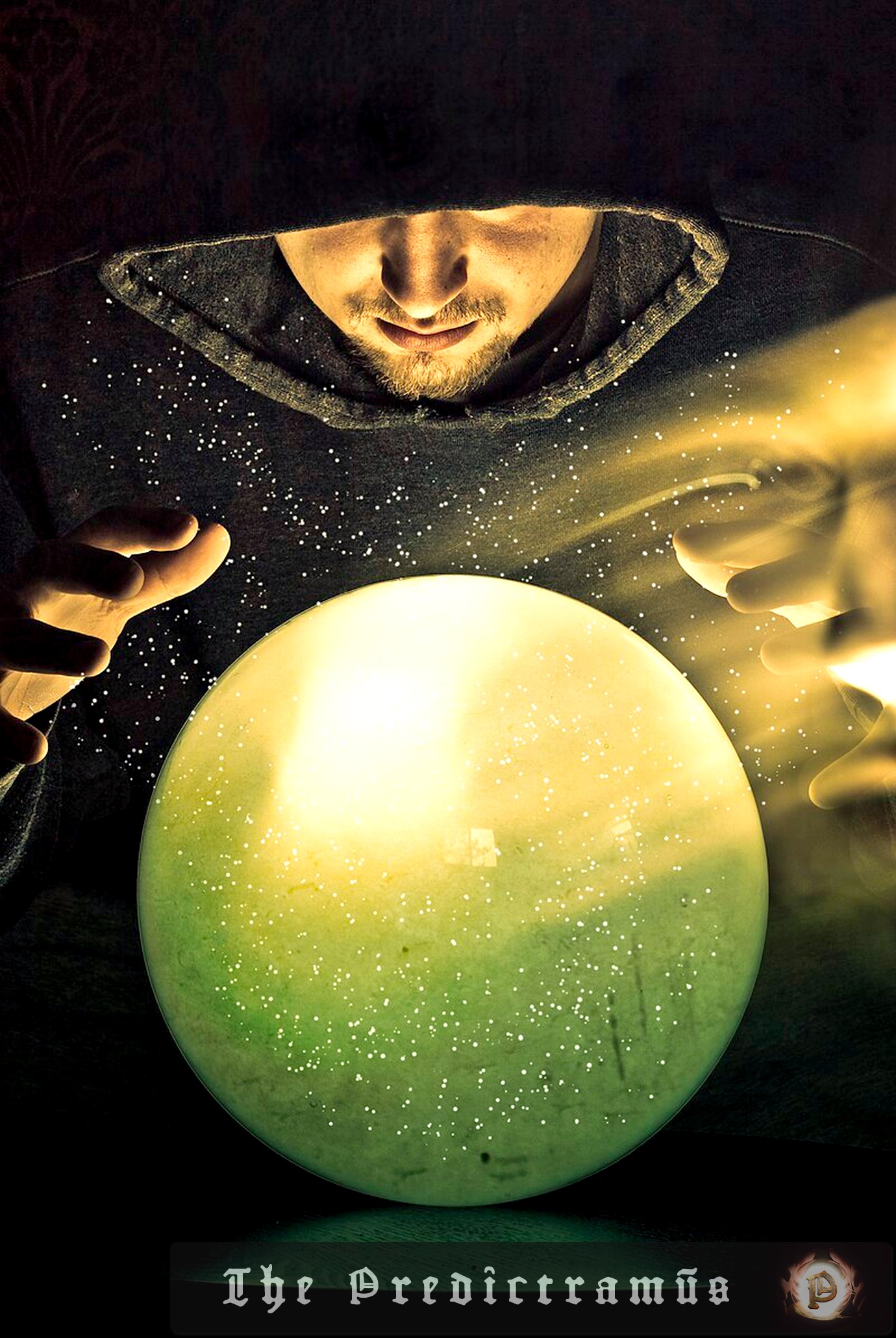Researchers in Europe have discovered that as few as five electrons in a semiconductor can exhibit collective behavior, forming a “Coulomb liquid.” This breakthrough extends the study of correlated systems to electron plasmas and could lead to the study of other exotic phases of matter. The team created a Y-shaped junction and measured the behavior…
Science on The Soothsayer / page 7
As generative AI becomes increasingly ubiquitous, concerns are growing about its environmental impact. Large language models (LLMs) are particularly energy-hungry, with some estimates suggesting they produce up to 50 times more CO₂ emissions than others. Experts warn that the carbon cost of training models, manufacturing and maintaining hardware, and the scale of AI’s adoption will…
Researchers at Leiden University have made a groundbreaking discovery, using X-rays to detect a cosmic filament that connects clusters of galaxies. This finding supports the idea that much of the universe’s normal matter resides in these structures, which were previously thought to be elusive and hidden deep within intergalactic space. The study strengthens the Standard…
Researchers have developed a groundbreaking vision system for robots that occupies less storage space than a single photo on a phone and uses only 10% of the energy required by conventional location systems. This innovative system, called LENS, has the potential to revolutionize space and undersea exploration, as well as drone and microrobot applications. The…
Scientists at Northwestern University and the University of Wisconsin-Madison have made a groundbreaking discovery in the field of optics. They found that a centrosymmetric crystal, which was previously thought to be incapable of absorbing circularly polarized light differently, exhibits this property. This finding has the potential to revolutionize the development of new technologies that control…
Researchers at the University of Oxford and Portugal have developed a computational paradigm that can accurately simulate interactions between powerful laser beams and quantum fluctuations in a vacuum. This breakthrough could lead to new insights into the quantum nature of the vacuum and has the potential to revolutionize our understanding of the fundamental laws of…
Researchers have made a significant breakthrough in quantum computing by generating high-quality “magic states,” a crucial component for robust computation. This achievement brings quantum computers closer to performing calculations that are impossible with classical computers. The team used two quantum computers made by Quantinuum to demonstrate a full set of error-resistant operations, a prerequisite for…
Researchers from the US and France have made a groundbreaking discovery in quantum physics, finding a way to induce superfluorescence at room temperature in a lead halide perovskite. This phenomenon, typically observed at cryogenic temperatures, could lead to the development of materials that host exotic coherent quantum states under ambient conditions. The team’s findings, published…
Researchers at Brown University have made a groundbreaking discovery in the world of squash, uncovering the physics behind the elusive “nick shot.” This shot, which involves hitting the ball in a way that makes it roll back flat on the ground, has long been a source of fascination for squash players. By using a pressurized…
A groundbreaking experiment at the Thomas Jefferson National Accelerator Facility has shed new light on the behavior of gluons inside atomic nuclei. By studying the rare process of photoproduction, researchers have gained a deeper understanding of how gluons are distributed in nuclear matter, a crucial step towards understanding the nature of protons within nuclei. The…










